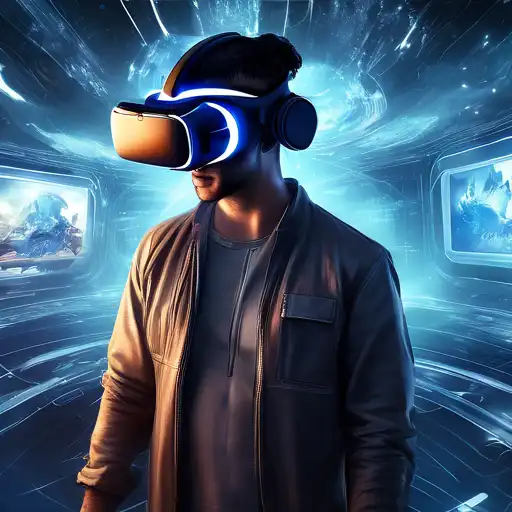Introduction to Virtual Reality
Virtual Reality (VR) has revolutionized the way we interact with digital content, offering an immersive experience that transcends traditional screen-based interactions. By simulating a three-dimensional environment, VR allows users to explore and interact with virtual worlds in a way that feels incredibly real.
The Evolution of Virtual Reality
From its early beginnings in the 1960s to the sophisticated systems available today, VR technology has undergone significant transformations. The journey from bulky, expensive equipment to accessible, consumer-friendly devices highlights the rapid advancements in this field.
How Virtual Reality Works
At its core, VR relies on a combination of hardware and software to create immersive experiences. Headsets, motion tracking, and specialized controllers work together to simulate a virtual environment that responds to the user's movements and actions.
Applications of Virtual Reality
VR's applications span across various industries, including education, healthcare, and entertainment. From virtual classrooms to surgical simulations, the potential uses of VR are vast and continually expanding.
The Future of Virtual Reality
As technology advances, the future of VR looks promising. With developments in haptic feedback, eye-tracking, and wireless technology, the next generation of VR experiences will be even more immersive and accessible.
Getting Started with Virtual Reality
For those interested in exploring VR, there are several options available. From high-end systems like the Oculus Rift to more affordable mobile-based solutions, there's a VR experience for every budget and interest level.
Virtual Reality is not just a technological innovation; it's a new dimension of experience that continues to evolve and expand. Whether for education, entertainment, or exploration, VR offers unparalleled opportunities to experience the impossible.
